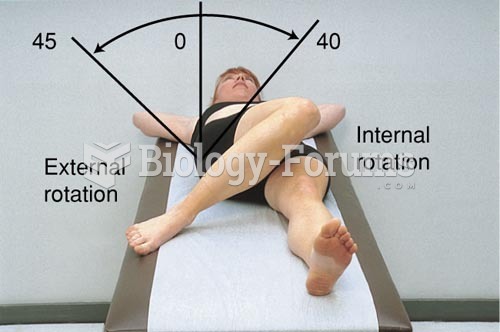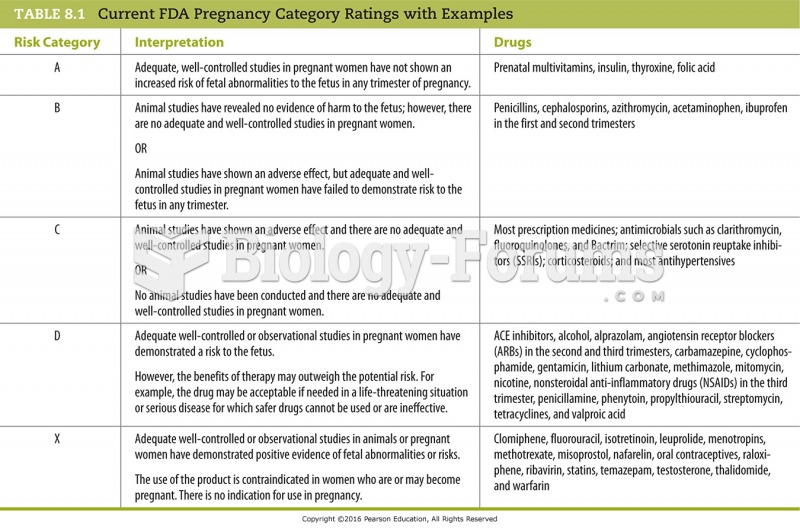Answer to Question 1
Answer: The range of a service is the maximum distance people are willing to travel to use that service. The range is the radius of the circle drawn to delineate that service's market area. The market area of every service varies. To determine the extent of a market area, geographers need two pieces of information about a service: its range and its threshold.
People are willing to go only a short distance for everyday consumer services, like groceries and basic medicines. But they will travel a long distance for other services, such as a major league baseball game, a concert, or a special medical procedure. Thus a convenience store has a small range, whereas a stadium has a large range. If firms at other locations compete by providing the same service, the range must be modified. As a rule, people tend to go to the nearest available service: someone in the mood for a cheap hamburger may go to the nearest burger joint. Therefore, the range of a service must be determined from the radius of a circle that is irregularly shaped rather than perfectly round, with the narrower (or squished) sides of the irregular circle bordering competitors' service ranges.
The range must be modified further because most people think of distance in terms of time, rather than in terms of a linear measure like kilometers or miles. If you ask people how far they are willing to travel to a restaurant or a baseball game, they are more likely to answer in minutes or hours than in distance.
Answer to Question 2
Answer: To determine the extent of a market area, geographers need two pieces of information about a service: its range and its threshold. The range is the maximum distance people are willing to travel to use a service. The second piece of information needed is the threshold, or the minimum number of people needed to support the service.
Every enterprise has a minimum number of customers it needs to generate enough sales to make a profit. Determining the range, a service provider must also determine whether a location is suitable by counting the potential customers inside the irregularly shaped circle. How potential consumers inside the range are counted depends on the product. Convenience stores and fast-food restaurants appeal to nearly everyone, whereas other goods and services appeal primarily to certain consumer groups. Movie theaters and dance clubs attract (mostly) younger people; chiropractors attract (mostly) older folks. Poorer people are drawn to thrift stores; wealthier ones might frequent upscale department stores. If a service appeals to certain customers, then only the type of service that appeals to them should be counted inside the range.







